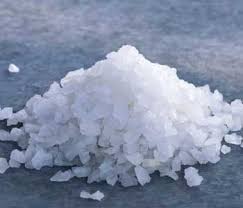Chemical changes result in the formation of a new substance with different properties from the original substances.
Example chemical change:
![]()
Here are the two starting materials in this reaction:
Compare those to the final product:
NaCl(table salt) |
 |
| Stable White Brittle Crystalline solid Nonconductive as solid Conductive as liquid Melts at 801°C Density = 2.16 g/mL |
This end product has completely different properties than the starting materials.
Those new properties tell you that a new substance formed, and a new substance means this was a chemical change.

